|
The photograph above shows the lovely cottages called Broomieknowe, which once stood on the Yetholm to Kelso road, close to Thirlestane. Unfortunately all three cottages were destroyed by a fire in 1933, apparently as a consequence of a spark from a passing traction-engine - see the report below from the Berwick Advertiser of the 30th March 1933: The position of these cottages can be seen on the map below (left). The ground in that area is low-lying and rather boggy. The Roy Military Map from the mid-eighteenth century shows a settlement called 'Wett Shode' between Thirlestane and Lochtower (below, right). The positioning of settlements on the Roy map is rather imprecise, so it is difficult to be confident about the location of this mysterious place. However, the name 'Wett Shode' (eg 'Wet Shod') sounds like one of those jokey names, like 'Seefew' down the Bowmont valley, presumably indicating that it's inhabitants frequently experienced wet feet. It may well have been an earlier version of the more recent 'Broomieknowe', with its more picturesque name. Nothing at all can be seen of the cottages today.
1 Comment
The Plough Inn of Town Yetholm has a long history and is still in operation today. It is also a familiar presence in numerous postcard images of the village, as it is prominently sited along the High Street. However there was also once a Plough Inn in Kirk Yetholm. This hostelry has been almost entirely forgotten and, despite the fact that it was a large building which once dominated the lower village green, no images of it appear to have survived. 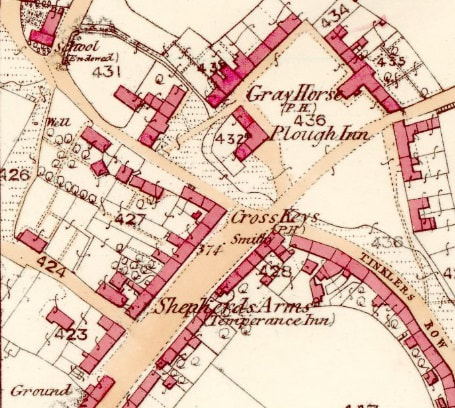 Kirk Yetholm's Plough can be seen in the first Ordnance Survey (left) - it is the large L-shaped building which takes up a large area of the lower green. The familiar Border Hotel of today is called, at this date (1858), the 'Gray Horse'. We know that this survey was made in c. 1858 as the Kelso Chronicle (26th November) reports that on the 16th October of that year 'Andw. Douglas and Matthew Douglas, muggers in Yetholm, pled guilty to committing a dastardly and savage assault upon a young man named Richard Dawson, engaged on the Ordnance Survey, in front of the Cross Keys Inn, in Kirk Yetholm.' Why the two gipsies took against young Dawson is unexplained but they were both fined 40s. The reason for the absence of any visual record of Kirk Yetholm's Plough is because of it's site. Visiting photographers either took their photograph while standing near the Gipsy Palace, looking down the green, but the Plough was then obscured by the line of cottages that made up Tinkler's Row. Alternatively they stood outside the Border Hotel and photographed along the High Street, in which case the Plough did not feature either. However the appearance of the of the mysterious Plough can be solved by a close look at the postcard shown at the top of the page.
However, the most remarkable revelation is that of the lost Plough Inn, which is shown below: The two-storey Cross Keys Inn still survives, although now a private house, but the lost ensemble of buildings which formed the Plough are even more substantial. Part of the group seems to consist of an older thatched cottage, with its steeply pitched roof, but the core building is very large, with tiled roof and bulky chimney-stacks. When it was built, presumably in the first half of the nineteenth century, it must have towered over the small thatched cottages that ringed the green at that date. Even when other two storey buildings were gradually constructed it must have formed quite a domineering presence to visitors travelling along the Main Street - despite the fact that it never seems to have been specifically photographed. Who could have invested in and built this large hostelry - if, indeed, that is what it was when first constructed? The answer to this question is lost in the mists in time, but we do know something about the innkeepers who lived and worked there. The 1841 census shows that at that date the proprietor was Thomas Richardson, 60, described as 'Sp[irit] Deal[er]', along with his wife, Jane. Also living in the Plough was his daughter, Jane, and son-in-law, William Mitchell, a 'Carter or Ag[ricultural] Lab[ourer]' and their three month old son. The Mitchells later erected a gravestone in Yetholm kirkyard to commemorate their own immediate family, but it also mentions Jane Richardson. From the information on the gravestone we know that Jane Richardson died in 1867. This leads us to her death certificate which at that date, usefully, names her parents - William Cochrane, a shepherd, and Jane Tait. Knowing her maiden name allows us to pinpoint her marriage, in May 1813 in Rothbury, to Thomas Richardson which, in turn, leads to something of an enigma ... Jane 'Cochron'/Richardson was obviously local to north-Northumberland - in the 1851 census she gives her birthplace as Learmouth, which is just over the border from Yetholm. Thomas, on the other hand, despite his northern-British surname, gives his home parish as 'North Lynn, Norfolk'. Moreover, the newly married couple obviously went to Norfolk soon after the wedding, as their daughter Jane, was baptised in the parish of West Lynn on 22nd May 1814. Her father's occupation is given as 'Labourer'. In the 1851 daughter Jane confirms that this baptism record is hers, as she gives her birthplace as 'Lynn, Norfolk'. One wonders how the relationship between Jane Cochrane and Thomas Richardson came about. It is very unusual, at this date, for people in north-Northumberland/Roxburghshire to have anything to do with folks from Norfolk. Another intriguing issue is that one of the witnesses to the 1813 wedding is Robert Dunn. Given Thomas's later occupation as innkeeper one wonders whether this might be 'Bob Dunn' of Bushy Gap, near Rothbury, who is named as one of the gin smugglers in a song which has a number of links with Yetholm - ? There's no way of knowing, unfortunately, and we also don't know when Thomas and Jane abandonned life in Norfolk and came and settled in Yetholm. Thomas is not listed as an innkeeper in Pigot's Directory of 1825 or 1837, so they may have arrived just before the 1841 census. By 1851 Thomas had died and Jane is now listed as the innkeeper of the Plough. Her daughter's family is also still resident with her - there are now five children. William Mitchell gives his occupation as 'Carter, also farms about 10 acres'. In 1861 Jane is again listed as the innkeeper and the Mitchells are still living with her. In 1871 Jane, as we have noted has died, but son-in-law William Mitchell has taken over. He gives his occupation as 'Innkeeper, carter and crofter'. In 1881 and 1891 William and Jane Mitchell are still resident in the property, but William no longer describes himself as an innkeeper. It seems likely, in fact, that the Plough closed it's doors soon after the 1871 census. Newspaper reports seldom mention the Plough Inn in Kirk Yetholm. It's namesake in Town Yetholm seems to have been much busier, with the angling club or political parties holding their meetings there. However, in 1871 William Mitchell of the Plough in Kirk Yetholm is charged with selling 'excisable liquors' after 11pm. William admitted the offense but claimed that in his thirty years as an innkeeper this was the first time it had happened - and that he had done it because of medical need. As this was a first offence, he was merely fined (Kelso Chronicle, 15th December 1871). Unfortunately, a year later he found himself again in court when he was accused of selling alcohol on a Sunday to three Irish reapers, who were working at the time at Venchen Farm. Mitchell tried to claim that he though the men were bona fide travellers (which was allowed), but Sergeant Gordon testified he had two similar convictions in the past year so the magistrates fined him and revoked his certificate (Kelso Chronicle 11th October 1872). If the Plough did indeed close as a business at this point, Mitchell continued to live in the premises, confining himself presumably to farming and carting. What happened after his death on Christmas day 1893 (not 1895, as stated in BFHS guide to Yetholm's kirkyard memorials), a little less than a year after his wife's death, is unclear. Someone may have continued to have inhabited the building after that date, though the gravestone in Yetholm kirkyard shows that several of his children pre-deceased him One, John, is said to have died in Edinburgh in 1921. It is John who registers his father's death in late December 1893. There is one other photograph which shows a trace of the building. This card , typically, shows a view down the village green, but for once we catch a glimpse of the corner of the building. The presence of cars in this photograph suggests it may have been taken c.1910: Possibly John Mitchell , who died in 1921, was the owner of the property, but he didn't reside in Yetholm. By 1930 it seems to have been derelict and local people petitioned for its demolition (Southern Reporter, 9th October 1930):
|
Archives
July 2024
|
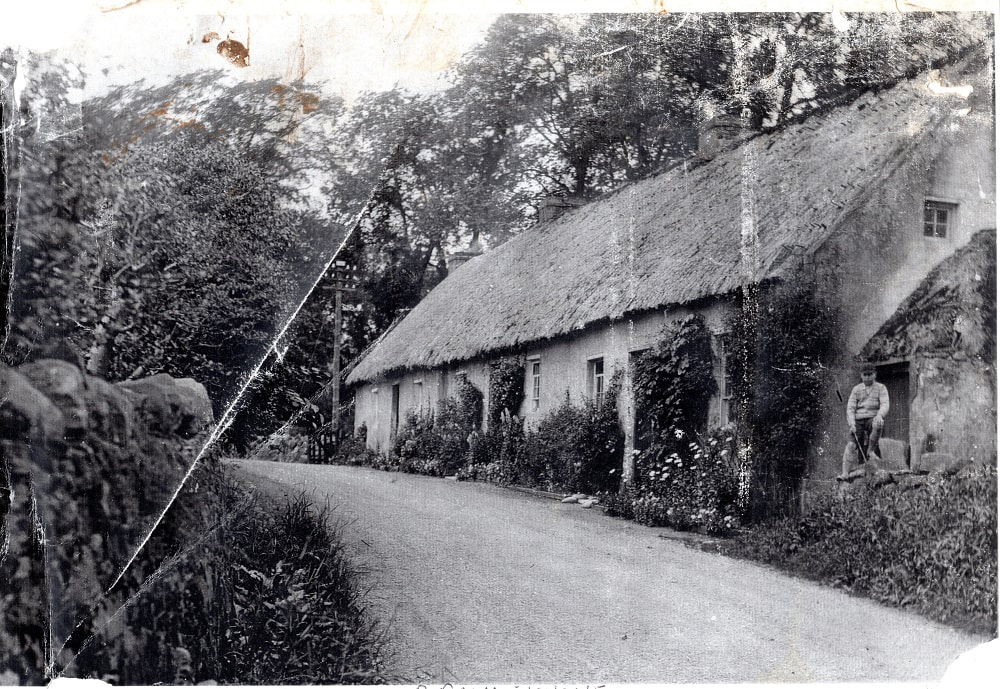
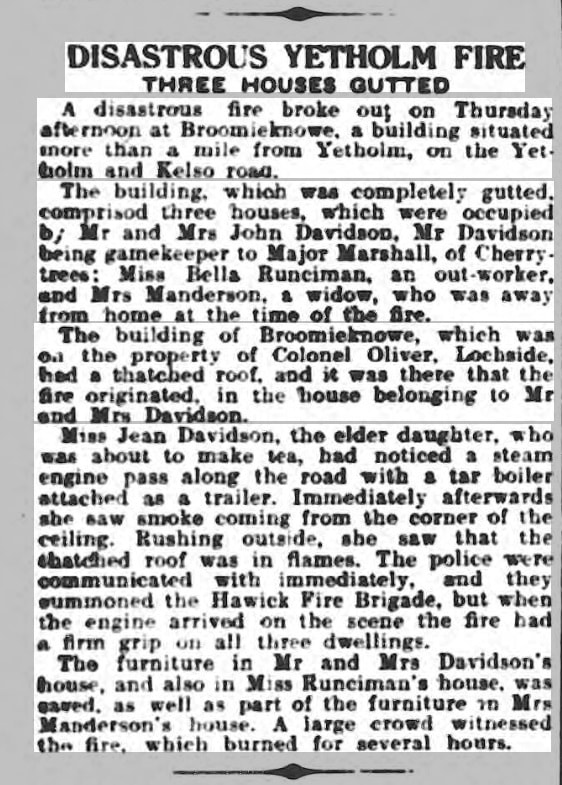

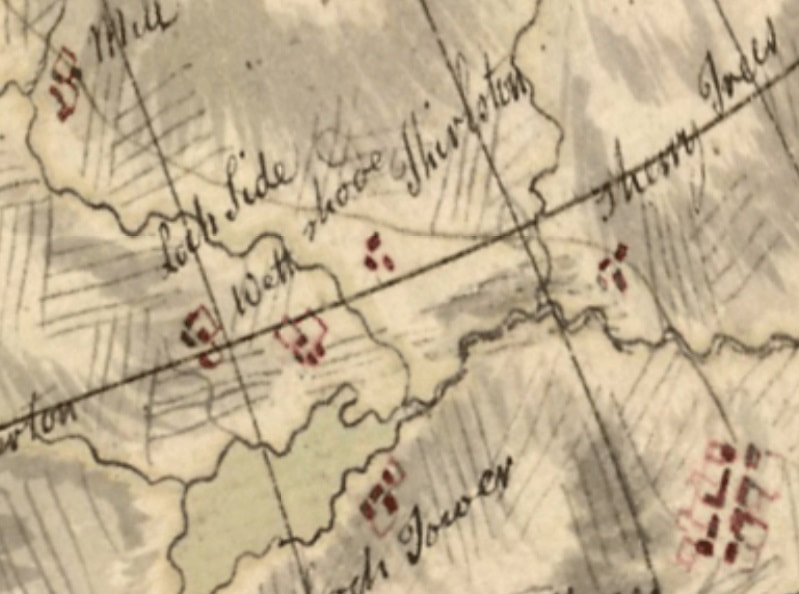
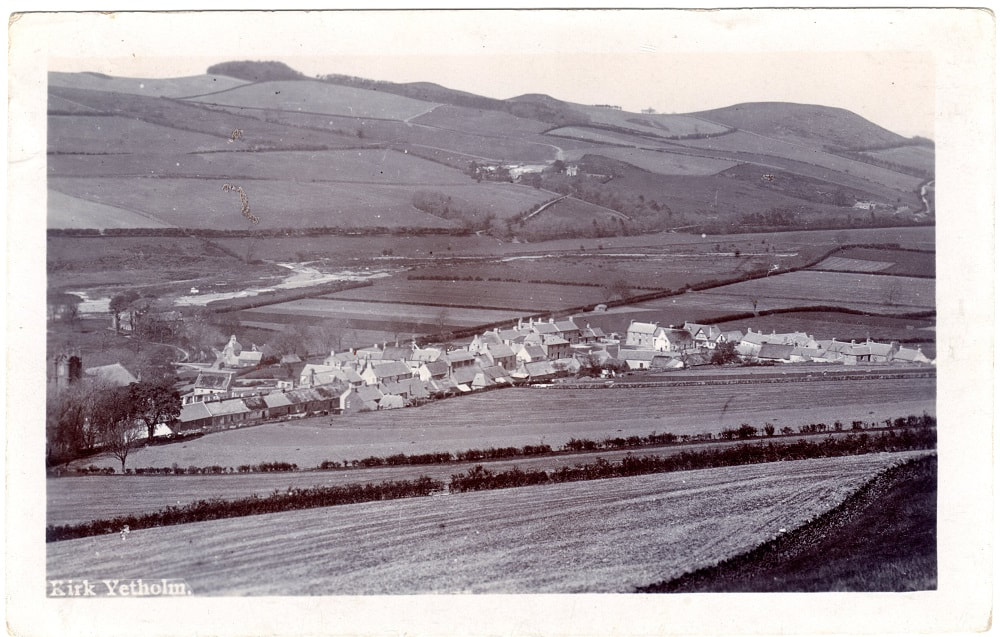

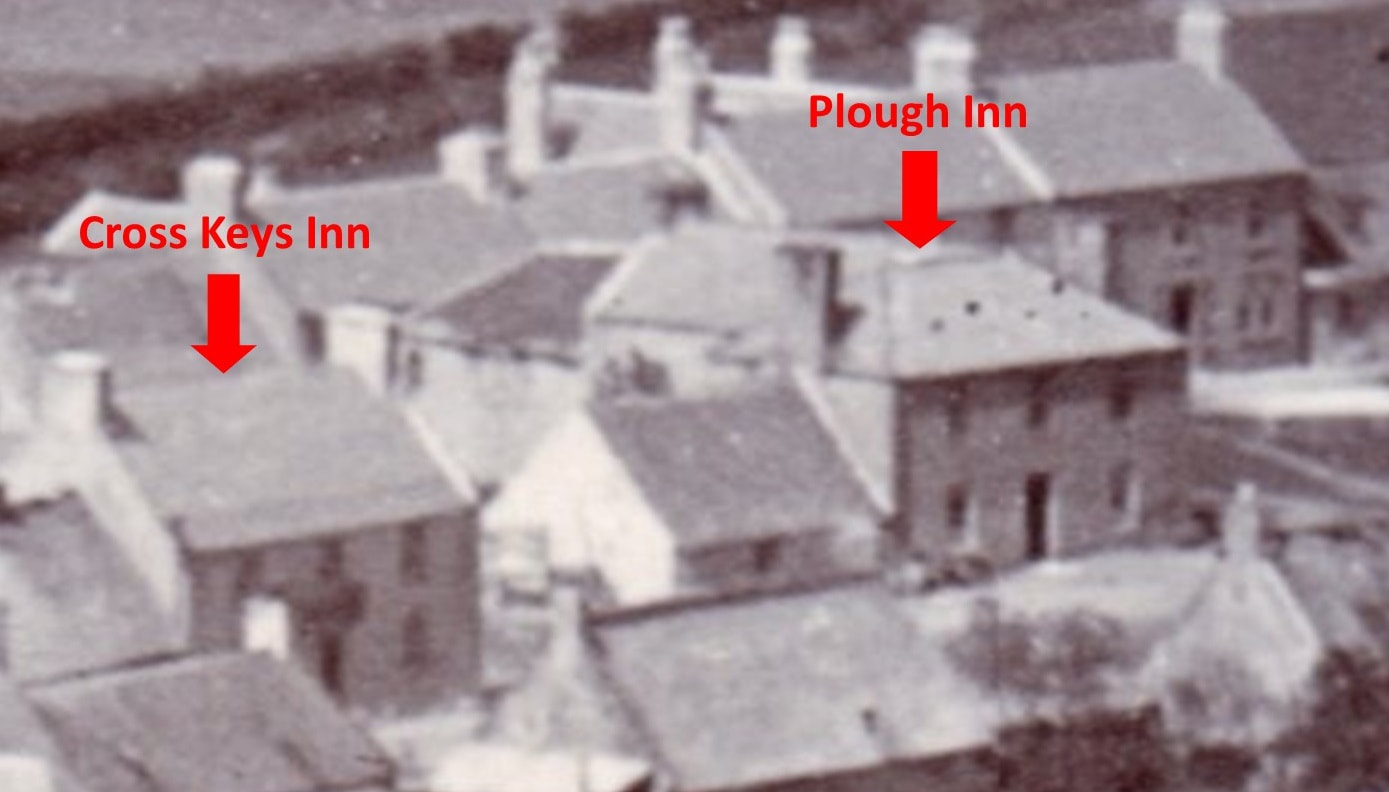

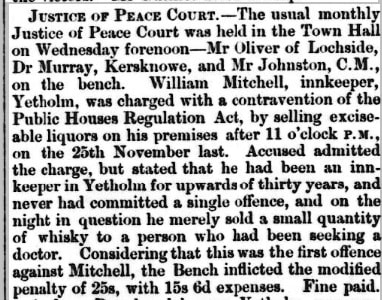

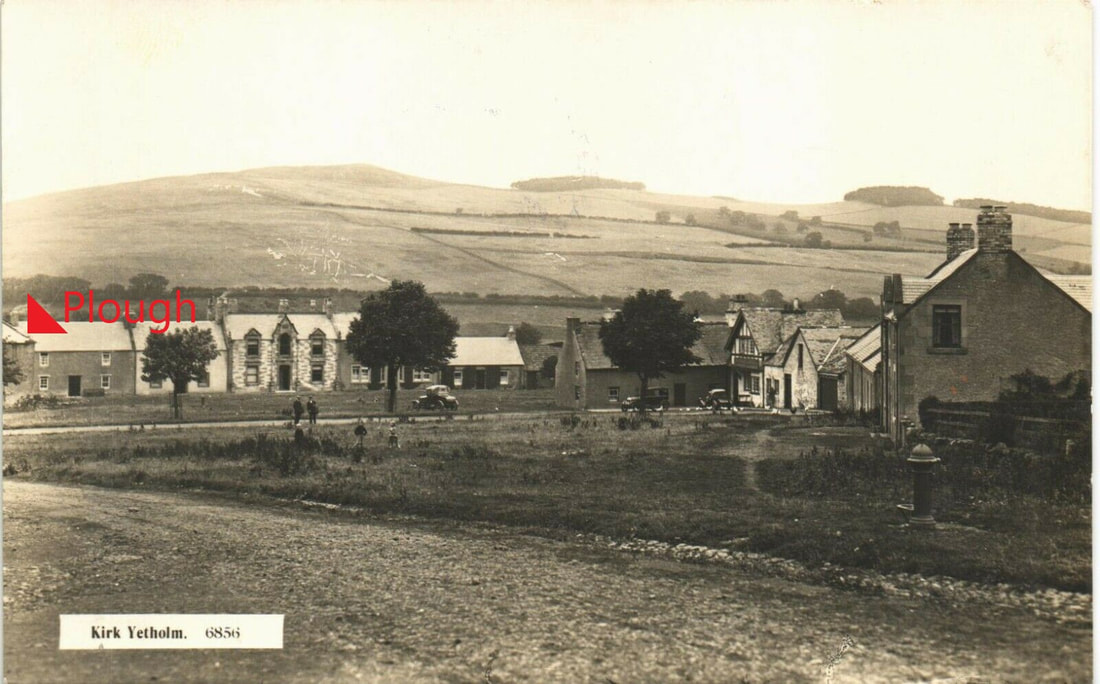
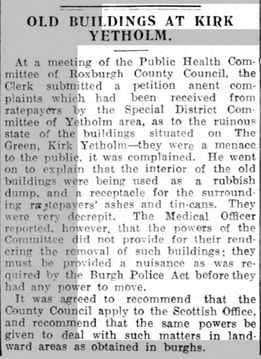
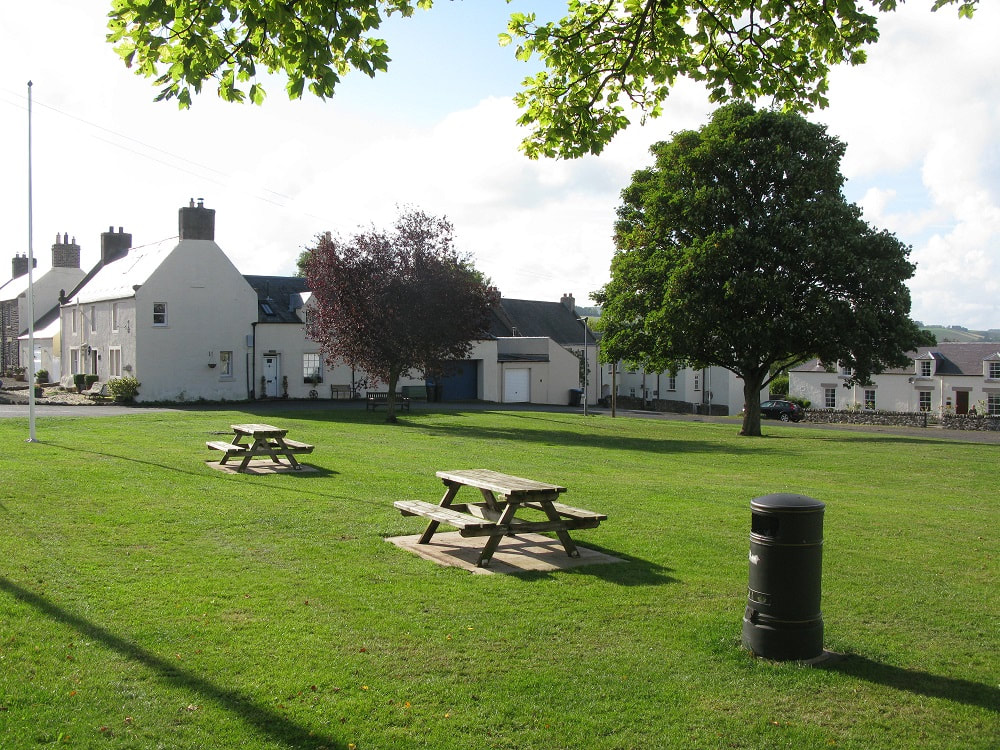
 RSS Feed
RSS Feed
